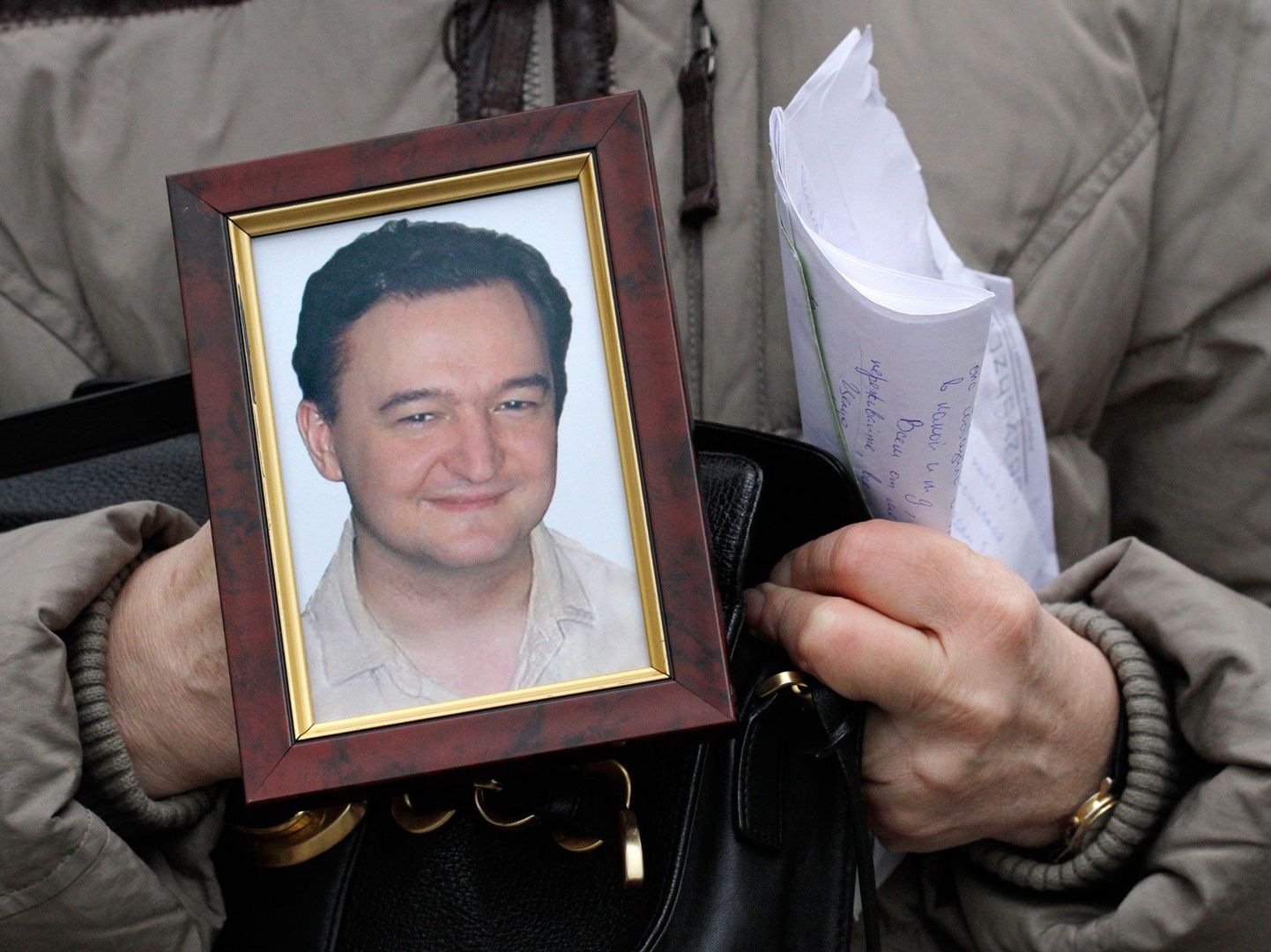Among other things, the teamwork has produced evidence that the money moved to Estonia via banks in Moldova.
For instance: it has been verified that during a brief time period (one-two weeks) in February 2008 two Moldovan bank accounts were used to transfer $8.3m into Sampo bank, and via another account $5.6m to Hansapank. All in all, at least 19 bank transfers were made into Estonia, such as are associated by OCCRP to Magnitsky money.
Two and a half years ago, at the request of a person linked to Hermitage Foundation, Estonian Office of Prosecutor General investigated these bank transfers and arrived at two main conclusions.
Firstly: Estonia was not the destination of the Money sent from Moldova, as lion’s share of it was shortly sent on to third countries.
Secondly: all IP addresses used to make money transfers in Internet bank were located in Russia.
The only connection of Estonian banks to the money was that companies, mostly from various tax-free regions of the world and represented by foreign citizens, opened accounts in Estonian banks and these accounts were used to move the money of interest to Hermitage Foundation.
